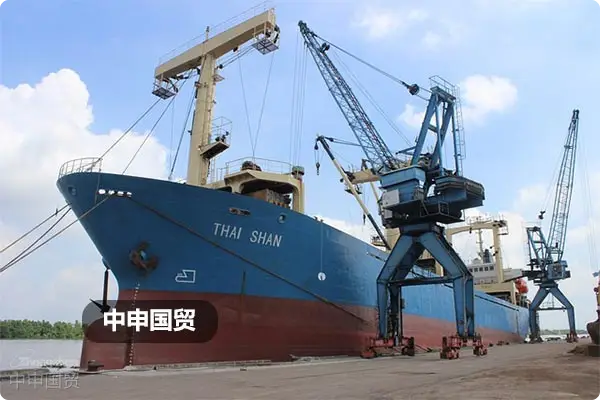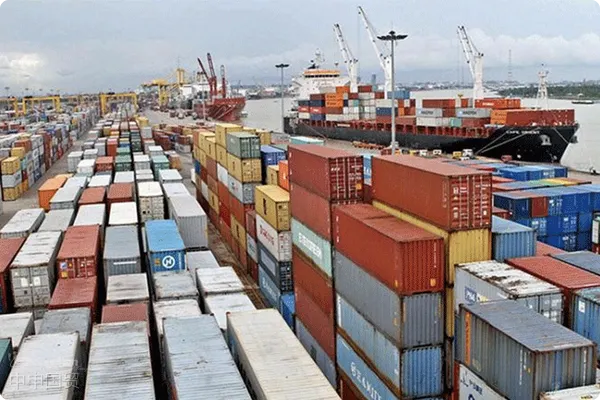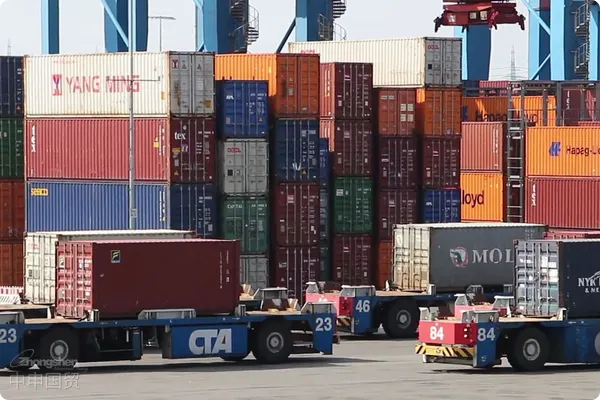- Shanghai Zhongshen International Trade Co., Ltd. - Two decades of trade agency expertise.
- Service Hotline: 139 1787 2118

The Hidden Battlefield of Import Equipment Maintenance
2025 General Administration of Customs data shows a 23% year-on-year increase in maintenance parts imports for electromechanical equipment, but 37% of declarations had technical parameter discrepancies. One automotive production line manufacturer suffered daily losses exceeding 800,000 RMB due to hydraulic system maintenance delays. These figures reveal a harsh reality:The quality of maintenance agent selection directly determines the survival of enterprise production systems.
Five-Dimensional Evaluation System for Maintenance Agent Screening
Quality maintenance service providers must possess comprehensive capabilities:
- Technical Compatibility Verification
- Correspondence between OEM authorization documents and equipment serial numbers
- Match between engineers certifications and equipment models
- Database of similar equipment maintenance cases from past three years
- Supply Chain Response Efficiency
- Coverage rate of spare parts in bonded warehouses
- Reliability of emergency customs clearance channels
- Completeness of alternative parts supply solutions
Key Points in Contract Clause Design
One semiconductor enterprise reduced average failure response time from 72 to 18 hours through improved contract terms:
- Time Constraint ClausesClarify the time nodes for spare parts outbound, customs declaration, and on-site services
- Liability tracing mechanismEstablish maintenance quality deposit and penalty calculation standards
- Technology iteration clauseAgree on service continuation plan after equipment upgrade
Response to 2025 customs supervision new regulations
According to the newly revised Mechanical and Electrical Equipment Maintenance Parts Management Measures, enterprises need to pay special attention to:
- The validity period of temporary import/export documents for maintenance goods is shortened to 90 days
- Old parts repair declaration requires provision of originalExport ClearanceElectronic data
- Bonded maintenance business implements one enterprise, one policy supervision mode
Advanced strategies for service provider relationship management
The key to establishing strategic partnership lies in:
- Quarterly service evaluation meeting system (KPIs include parts utilization rate, fault recurrence rate, etc.)
- Jointly apply for customs AEO certification to obtain clearance facilitation
- Co-build maintenance database to optimize spare parts inventory structure
A chemical enterprise implemented the above system, achieving a 19% improvement in overall equipment effectiveness (OEE) and 42% reduction in unplanned downtime within three years. In equipment lifecycle management,Choosing maintenance agents is not a cost expenditure, but a strategic investment to ensure production continuity. With the deepening of RCEP regional maintenance center policies, enterprises that lay out high-quality service networks in advance will gain first-mover advantages.
Related Recommendations
? 2025. All Rights Reserved. Shanghai ICP No. 2023007705-2  PSB Record: Shanghai No.31011502009912
PSB Record: Shanghai No.31011502009912









